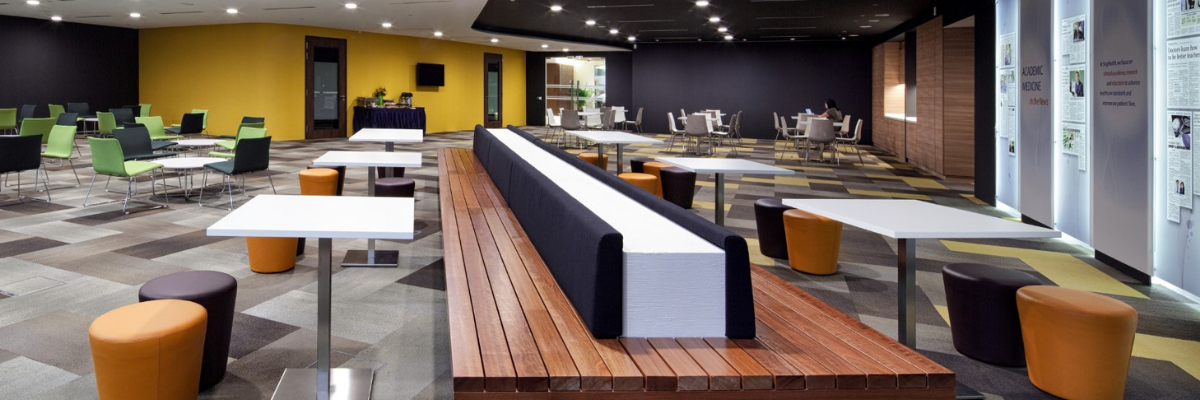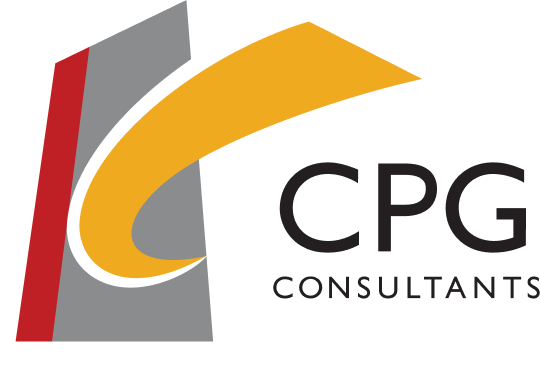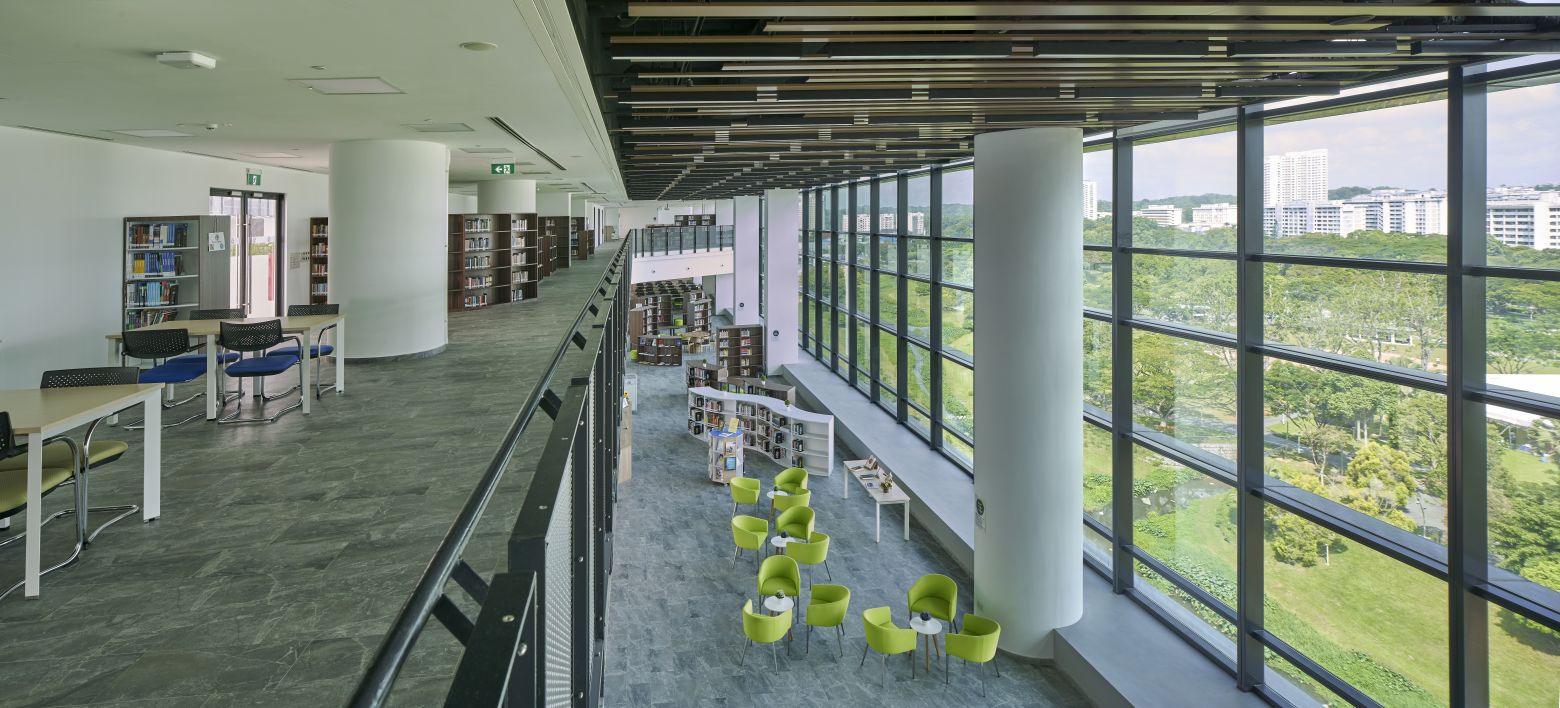
In our previous blogpost “The Pandemic Resilient Workplace of the Future (I)”, we discussed how flexibility and health-consciousness would become important considerations of the future workplace design. In this article, we shall be looking at 2 other guiding principles of future workplace design.
Workplace environments are after all essential for facilitating physical interaction to foster human relationships. During the pandemic, many of us experienced for the first time, a prolonged period of working from home and the unexpected social impact of not being able to communicate with colleagues and friends face to face. For the situation to work, technology is key to helping the workforce maintain connectivity with each other so as not to handicap work processes. A “Smart Office” will become necessary to integrate the cyber-physical connectivity at workplaces.
On the other hand, the increased use of technology and working from home may weaken relationships and challenge one’s sense of community as people are not able to interact with one another face to face.
Let’s look at how each of these principles help guide the workplace of the future.
- Smart Office – The workplace should be technologically enabled with a full range of communication connectivity and devices to enable contactless operations and continued productivity with reduced manpower.
- Community Creation – To retain and cultivate a sense of belonging and realisation of the organisation’s long-term business objectives and vision through the use of technology even with workplaces being decentralised.
(1) Smart Office
As workplaces move more towards a decentralised paradigm, connectivity is the key. By using a variety of devices from personal computers, laptops, iPads and even smart phones, employees will be enabled by this connectivity, to work from any place at any time. Information will be stored centrally in dedicated office servers or in the Cloud to enable data availability at all times. This will support remote working and reduce the office real estate requirements to save space and cost. It also provides flexibility to the workforce and give them the option to work at a place of their own choice. Such flexible working arrangement allows organisations to recruit the best talent from anywhere in the world without the need to assign them to the parent office.
Digitalisation also means all office processes and systems will be online and this allows for full integration to enhance efficiency and productivity. Accessibility to information and work processes enhances collaboration efforts.
Conferencing and meetings will be carried out in hybrid rooms, where smaller groups can meet while at the same time have access to virtual conferencing. The conference room will be equipped with virtual conferencing hardware and software. The room should also be acoustically treated for the best sound reception. Virtual conferencing should permit ability to view participants on larger screens so that body language can be perceived by the others. As discussed earlier, virtual conferencing can also be conducted as standing meetings which is actually space saving.
Besides office operation and conferencing, the Smart Office uses technologies in other ways. Sensors with IoT capabilities can link up to the building’s security, access and building management systems (BMS). Staff can use their staff pass embedded with near-field sensors to access the building and to various rooms in their office. Access to sensitive areas can be easily controlled with such a system. The BMS can also use sensors to determine the occupancy level at various time and locations in the building. This is useful in the event of an emergency or outbreak of a pandemic to control the crowd, determine occupancy level and determine the best exit routes, if needed. Video analytics can enhance security and access controls. It can help in crowd control and wayfinding too for visitors by linking up their smart phone upon entry into the building or office. Environmental sensors can help the BMS to control temperature, humidity, IAQ, ventilation, and lighting levels inside the building.
Booking of facilities like meeting rooms and reservation of individual workstation can be carried out seamlessly through the user’s smart phone. Managers can also monitor his staff’s whereabouts.
Temperature sensors can be installed at the entrances and also throughout the premises to detect high body temperature in order to alert management and building security of the presence of sick person entering or inside the premise. This will allow immediate action to prevent entry, isolate and evacuate that person to protect the rest of the staff from possible infection.
Non-contact operation of high physical contact points like lift call buttons, taps, toilet flushes, door handles and levers, etc., will be the norm. Door handles and levers can be eliminated with the use of automatic door controllers. Coupled with access control devices, this will control and facilitate entry and exits from such doors.
Occupation sensors will determine availability of common facilities like meeting rooms. As discussed previously automatic cleaning and sanitation of such rooms can be programmed when not in use.
Robots will also be common. They can be used to convey documents, carry out cleaning operations, or serve food and drinks.
(2) Community Creation
An organisation is a community of like-minded people working together to create new ideas to achieve the shared vision and goals of the organisation. Without people, there will not be an organisation. So how do you create a successful community?
In the past, the workplace is an office where all these people gather and work together. However, with technology, the future workplace need not be a unique location. It can be spread over geographical localities and even across different countries. What connects the community is technology using communication, collaboration and operation systems. However, this creates a problem for staff who are geographically spread out, in that they lose opportunities to meet up, create close bonds and identity to strengthen the organisation. Virtual gatherings on a regular basis can be used to strengthen and nurture the sense of belonging and to reinforce the strategic goals of the organisation. Without a sense of belonging, staff is unlikely to remain which will be not beneficial to the long term goals of the organisation.
For those staff working in the same location, community can be realised through a flexible space and setup which can be customised to their needs. For example, individual workstations can be decorated with staff’s personal artifacts to give them a sense of personal space. Allowing some personal space contributes to well-being and will enhance their trust and bond with the organisation.
Conclusion
As businesses transform and technology progresses, we can envisage more changes and the use of more advanced technologies and processes being introduced into the workplace. COVID-19 will not be the only pandemic to happen and even if we have no idea what would happen in the future, we need to be mindful that there is always a possibility of a pandemic or epidemic again. From the lesson learnt through COVID-19, we have realised the significance of being pandemic ready and resilient. Flexibility and adaptability in workplace design will enable organisations and workforces to react fast without facing major disruptions in times of crises.
This blog post is the second part of a two-part series discussing the future of workplace designs which are pandemic ready. You may also like to read “The Pandemic Resilient Workplace of the Future (I)”.
You may also be interested to read “CPG shares new ideas for Singapore’s post-COVID-19 workplace”, an interview with the Singapore Business Review where our experts discuss the possibility of a more diverse range of work options that could be part of the new normal.
This article was authored by:
Ar. Mok Kwong Wah, Director
Innovation Management Office, CPG Consultants Pte. Ltd.
mok.kwong.wah@cpgcorp.com.sg
Ar. Saurabh Bhagra, Senior Principal Architect
Architecture Group, CPG Consultants Pte. Ltd
saurabh.bhagra@cpgcorp.com.sg


